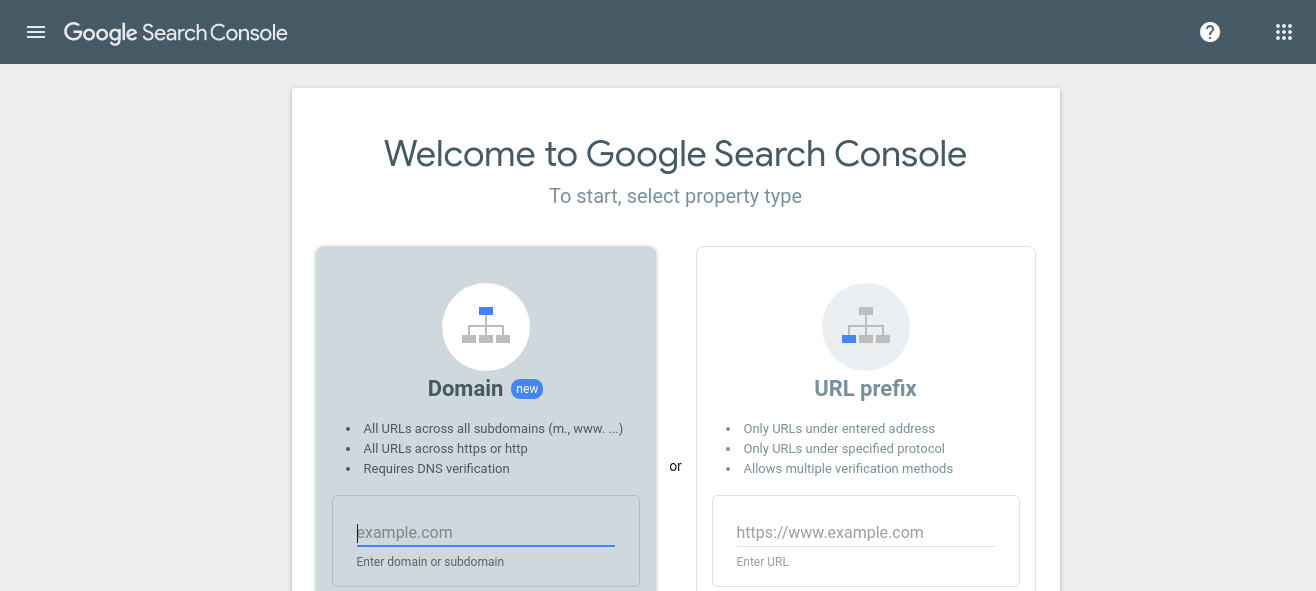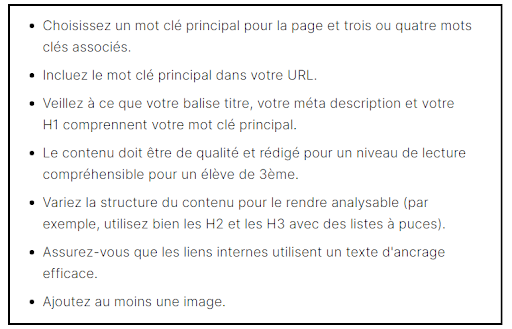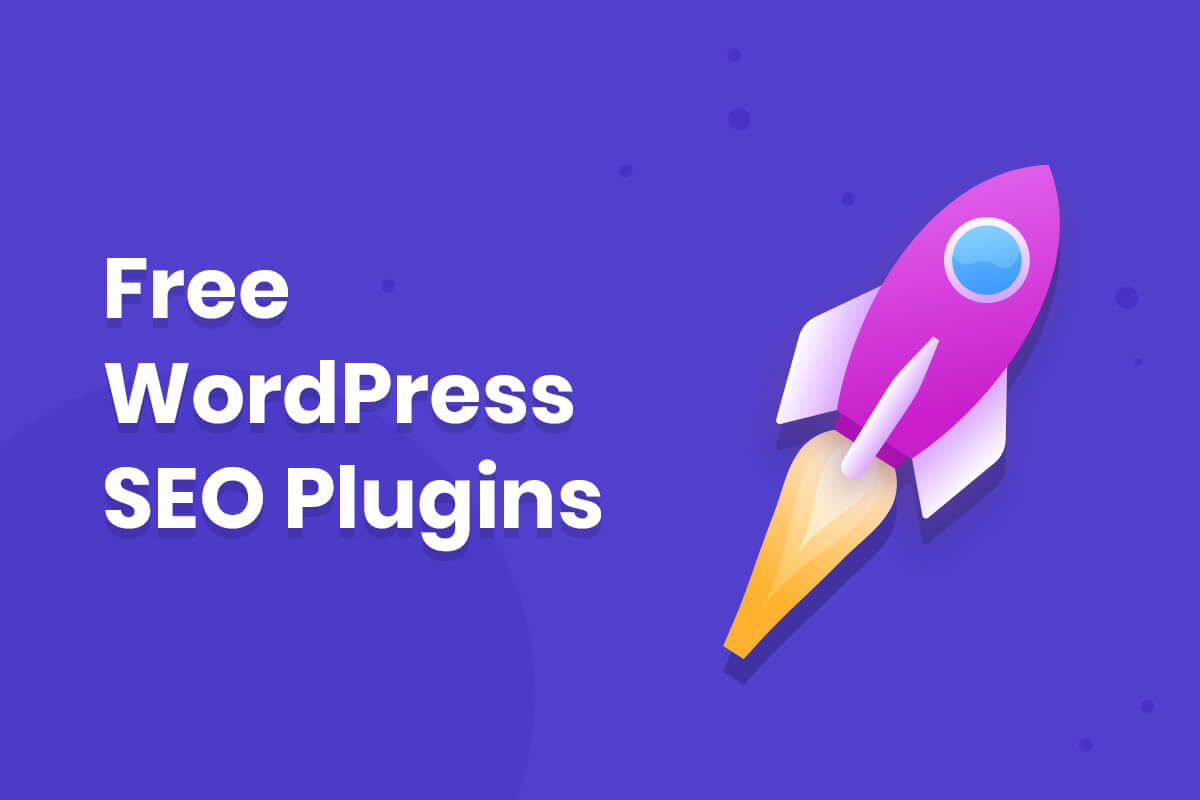
Bloggers may have wondered what the most commonly used statistics are about blogging. This article will look at topics such frequency, blog posts length, advertising networks, and even the preferred genres. The good news? Many of the statistics you see are correct. These statistics will help you decide what content to write on your blog and how to maximize your efforts. So, get ready to learn more!
Blog post frequency
Blog post frequency statistics are a great way to measure your blog's success. Two to four blog posts per month is a good goal. This will result in 24 new pieces of content for your site, which will help your SEO rankings, get backlinks, and give your site more relevance throughout. Your target audience is the first step to optimizing your blog's potential. How do you meet their expectations of your blog? Knowing your audience will help you tailor your content and post frequency.

Blog post length
It is essential that you know how long your posts should have to rank well in search engines. If your post has the right keyword potential, it can be ranked in Google's featured snippet. Google considers content with more substance and evidence to be more valuable, so longer posts are more effective. Longer posts also tend to receive more social shares. Using a blog length of between two and four thousand words is ideal for most SEO purposes.
Blog ad networks
Google AdSense is one of the most popular ad networks to use for your blog. It is the most used ad platform in the display advertising market. It allows advertisers to have great control over how their ads are placed and what information is displayed. Bloggers will appreciate this feature as manually placing ads on blogs can take a lot of time. However, this isn't the only benefit.
Blog genres
The statistics for blog content are determined by how many people view the content. 77% of internet users used blogs to access content in 2016. This is 3x more than what they spent reading emails. Readers love articles that are more detailed, but some content types are not as popular. For example, a "how-to" headline, a cousin of the listicle, is the third most popular type of headline. Many bloggers make it a point to update old content so they get better results. Despite all the benefits, 5% report that they don't have access to analytics and must rely on other sources for success.

Images for blog genres
Statistics show that images drive more traffic to websites than sites without. Images on blog articles are indexed 434% more than pages without images. These pages are prioritized by search engines in their algorithms. More of them will boost your ranking. Indexed pages with fewer visitors will result in a lower ranking and lower traffic. Blogs can have many advantages for websites. Here are some examples of the types of images you should use.
FAQ
What are the various SEO strategies?
There are many types of SEO strategies, such as search engine optimization or social media optimization (SEO), or pay-per–click advertising (PPC).
SEO optimizes content using certain keywords. This can be done with text formatting or HTML code.
This makes your site appear higher on search results pages.
Social media optimization is the process of optimizing your website so that it can be used on social networks, such as Twitter, Facebook, or Google+.
These help build your brand reputation online, making visitors more likely to visit your site when searching for related topics.
PPC ads are also displayed at the top search results pages and show relevant products or services.
The most common type of PPC ad is an advertisement on Google paid search. These ads cost money, but are extremely effective.
Other forms of PPC advertising include video ads, sponsored posts, and display ads.
What is an SEO Campaign?
An SEO campaign refers to a set of activities that improve the visibility of particular pages or domain names in search engines like Google and Yahoo. These activities include optimizing page titles, meta description tags and URL structure.
SEO campaigns typically begin with keyword research, identifying keywords likely to increase organic traffic. After keywords have been identified, optimization must be done throughout the entire website, starting at the homepage and ending on individual pages.
How much does SEO cost?
SEO is a long-term investment so you won't see immediate returns. Remember that search engines rank websites higher if more people find them.
Many factors go into determining the price of each service, such as keyword competitiveness, location, audience size, and competition.
Statistics
- If two people in 10 clicks go to your site as a result, that is a 20% CTR. (semrush.com)
- 64% of marketers actively create SEO campaigns because they help hit multiple key performance indicators (KPIs), including increasing traffic, helping your site rank for relevant keywords, improving your conversion rate, and much more. (semrush.com)
- Which led to a 70.43% boost in search engine traffic compared to the old version of the post: (backlinko.com)
- 93%of online experiences today begin on search engines. (marketinginsidergroup.com)
- These guides are designed and coded 100% from scratch using WordPress. (backlinko.com)
External Links
How To
How do I start my first blog.
It's simple! WordPress is an excellent platform for creating a blog. Users can easily edit the appearance of their blogs by adding themes, changing fonts and colors, and customizing the layout. They can also add plugins that allow them to automatically change certain aspects of their website depending on visitor activity.
There are many free templates you can download from WordPress.org. You also have the option to purchase premium templates. Premium templates can include additional pages, plugins, or advanced security features.
Once you have downloaded your template, sign up for a free account at a hosting provider in order to upload your files and to run your blog. Many hosts offer free accounts, but there are often restrictions on how much space you can use, how many domains you can host and how many emails you can send.
You will need separate email addresses if you want to use multiple domain names. Some hosts charge a monthly subscription fee.
If you're new to blogging, you may wonder why anyone would pay to have a blog hosted online. Most hosts offer unlimited storage space, meaning your files won't be deleted even if you accidentally delete them.
Many hosts also let users host multiple domains, meaning you could have several different sites under the same hosting package. You don't need multiple email addresses and can manage all your sites through the one interface.
Some hosts offer social media sharing buttons that allow visitors to quickly share their posts on the web.
You can usually manage your blog through the tools offered by hosting providers. You can check the performance stats for your site, view how many visitors each article has received, and even compare your traffic to other blogs.
These tools will make managing your blog much easier and more efficient. It's worth looking at before you decide on a hosting plan.
To sum up:
-
Pick a topic that's relevant to you business.
-
Create engaging content;
-
Optimize your site using SEO techniques;
-
Promote your site using social media channels;
-
To make necessary changes, keep an eye on your statistics.
-
Last but not least, make sure to keep your blog updated.
In other words, create quality content, promote it effectively, track its success.